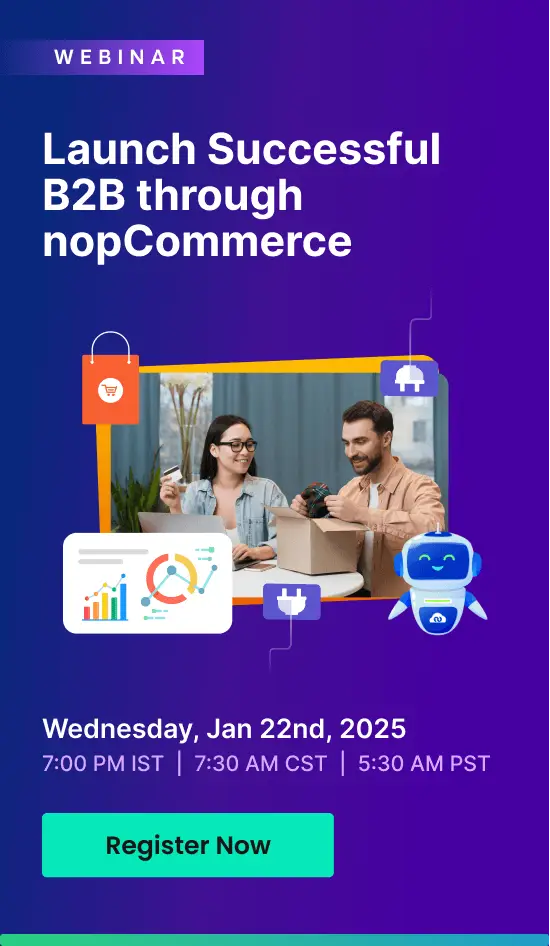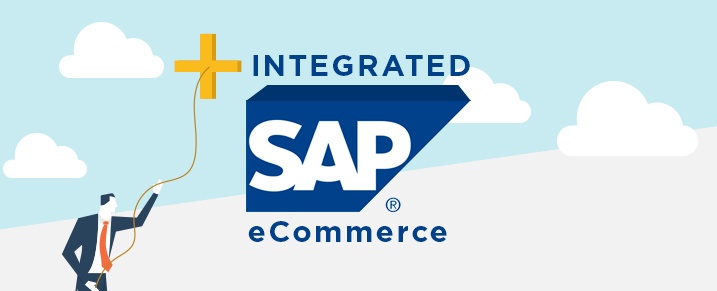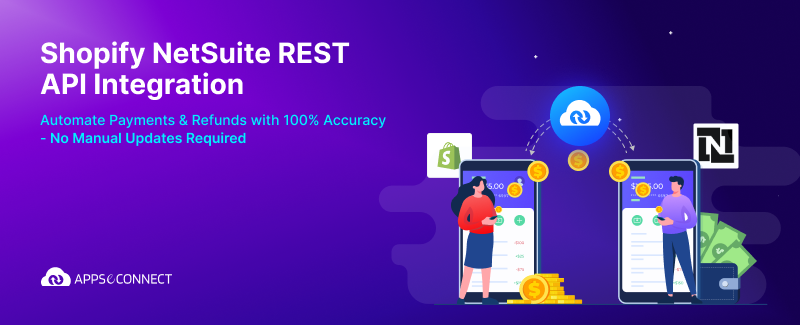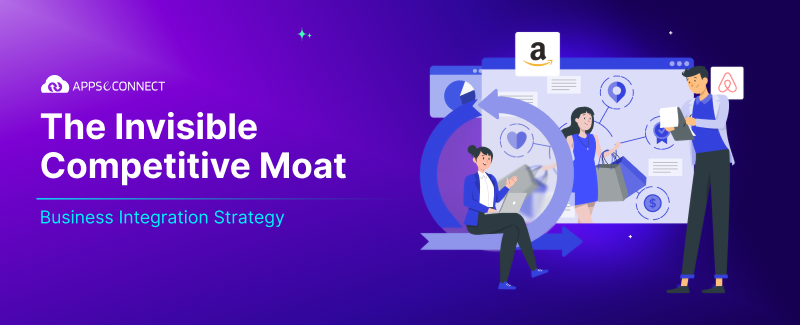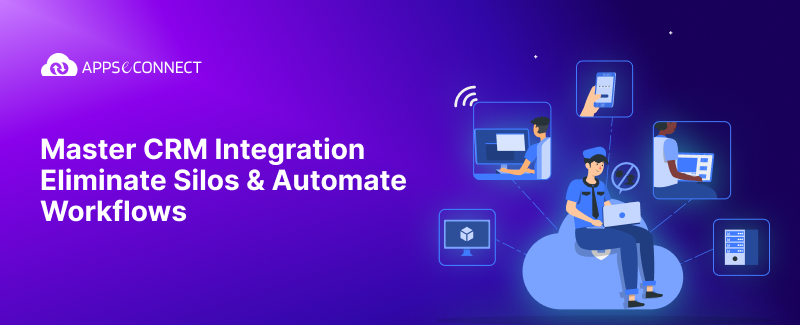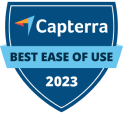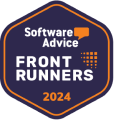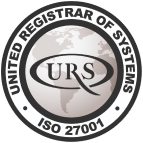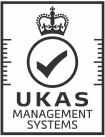What is SAP eCommerce About?
Used by over 3,70,000 customers across 180 countries, SAP is the leading enterprise application software in the market today. Over 91% of Forbes global 2000 companies use SAP since it provides a robust core for the organization’s operations and financial management.
Traditionally, the business for these organizations has happened over mails / fax/ phone calls / EDIs and File Exchange. Although some of these channels are still in use, the focus in today’s world is – Digital Commerce. Building a single persistent brand presence across the channels can help companies generate new channel for sales and gain a competitive edge.
Why is it Important?
Retail buyers, as well as business partners, are looking for better and easier ways to place orders. They spend time in researching, comparing and evaluating before doing so. Therefore, having an eCatalog with detailed and accurate information becomes so important. Enterprise who want to generate retail sales over the web must ensure they have a well-designed and easy to use webstore. This is also relevant for companies dealing in B2B channel sales wanting to enable their dealers and business partners by giving the best possible user experience while doing their procurement. We also have an article on Increasing B2B Sales using Flexible Credit Options. Accurate order entry and ensuring control of account receivables are something which often comes hand-in-hand with launching webstore.
Is it Relevant?
If you wonder whether this is something only for retail companies think about the below questions.
- Would want to have streamlined order entry from your business partners within SAP?
- Would you want to add new sales channel like Web / Mobile?
- Would you want to reduce invoice corrections by having the right order to start with?
- Do you want faster payments by enabling your business partners to check the outstanding amount and paying it online?
- Do you want to gain a competitive edge by having your customers search and compare products and their prices as well as track their order and see their invoices online?
If the answer to above questions is yes or if it is something that prompts you to explore options, then yes eCommerce can add value to your existing landscape.
The Exhaustive list of Features of SAP eCommerce:
Below are some of the important features, an eCommerce platform must have to be integrated with SAP:
1. Master Data and Enterprise Structure
A good SAP eCommerce store must be capable of managing various websites in a single instance so that you can organize them across various product divisions, countries or languages.
2. Catalog and Merchandise management
Operating environment and parameters change with time. This includes the catalog layout, products, their prices and much more. New products get launched every quarter and the old ones get rolled off. You may want your web-store ready to swiftly change and reflect the current realities.
3. Order Checks and Processing
You may have spent time and energy for putting in validations and checks at the time of order processing within SAP. Some of them are listed below.
- Minimum order quantity (Check out Minimum Order Quantity of Products from SAP to Magento)
- Cross-selling (Check out Cross-Selling between SAP and Magento 2.0)
- Credit check
- ATP check
The integrated eCommerce store must reflect the same logic as defined within SAP.
4. Order Tracking Information
As soon as you dispatch your orders, the eCommerce platform must reflect the same and notify the user with the tracking information. This would save a lot of effort from the customer-relations team.
5. Payment Card Processing / Invoice and Accounting
The end customer or business partner must be able to see invoices and financial statement so that they could be advised on payments that are due. The person must also be able to pay the due invoices online.
6. User experience
The webstore must be able to help enrich the user’s experience. After all, isn’t that the point where we started from? The platform must facilitate the user to search, filter, compare and place an order easily. He must be able to mark a product as his favourite and do a quick order entry or a re-order based on previous orders.
7. Search Engine Optimization
A platform which has good SEO feature helps you garner more traffic by helping your products to be found more easily over the web. This is especially true if you are targeting B2C sales. Here is the Ecommerce Checklist to Improve your SEO!
8. Attribute Management
When you buy a product, you research various parameters associated with it. Attributes like color, size, gender, technical specifications go a long way in generating the sales. It is important that SAP Master Data can be leveraged to create attributes within eCommerce platform in an integrated fashion.
Integrated SAP eCommerce – The ROI Question
Many times, we end up doing a wrong analysis, so here is how you may want to approach the cost and benefits aspects.
Cost
- License Cost in procurement of eCommerce platform
- Spend for Designing eCommerce Store
- Cost involved in Integrating the solution with SAP
- Maintaining the solution
Returns
- Profits on sales generated via the webstore.
- Reduction in the manual effort to correct and settle disputes related to incorrect orders.
- Shortening of order to payment cycle time.
- Increased revenue due to back-ordering and cross-selling functionality of webstore.
- Lifetime sales of new web-customers acquired.
- Gain in agility by having a shorter time to market new products or line of products.
SAP Ecommerce by SAP
After SAP acquired Hybris in 2013, it has given it a lot of focus while designing its long-term product mix and strategy.
1. Features of Hybris
Hybris provides a detailed product information management system, personalized merchandising and option for cloud deployment. Which serves both B2C and B2B eCommerce segments.
2. Licensing model
Hybris comes in both on-premise and on-demand versions. As per the survey conducted by Forrester titled “The Total Economic Impact™ Of SAP Hybris Commerce Cloud for B2B”, the average yearly license cost of the platform works out to be around $500,000. The on-demand version has a license as well as shares on the revenue-generated model and is tailored out on a case to case basis. However, it would be safe to say that Hybris is meant for enterprise with an annual budget of at least between $ 300,000 to $ 1 million.
Companies like Novartis, Volkswagen, Electrolux and Ericksson use Hybris.
Alternates for SAP eCommerce
If Hybris looks to be an expensive proposition, you are not the only one. There are some alternate solutions which some of our customers have used and are thriving with their online sales and overall business process. Below are some of the applications which APPSeCONNECT integrates SAP with.
SAP integrated with Magento
Magento is one the most successful eCommerce platforms available right now. Companies like Proctor and Gamble, Nike, Everlast, Lenovo use Magento. It’s easy to design, customize and personalize and this gives enterprises a tremendous opportunity to leverage it as a platform for defining their digital Ecommerce strategy. Coupled up with InSync’s B2BMage, Magento can be fully empowered to handle most complex web business scenarios.
If you opt for Magento enterprise edition, it costs $18,000 annually. A typical Magento store design and development can usually cost in the range of $25,000 – $100,000. The cost of integrating it with SAP with the help of APPSeCONNECT can be found at APPSeCONNECT pricing page.
SAP integrated with Shopify
Shopify is one of the platforms which takes the hassle out of doing online commerce. It has a lot of inherent tools which makes the digital transformation journey easier. It has matured APIs which helps it to be integrated with platforms like SAP.
APPSeCONNECT Benefits
- Proven eCommerce platforms with over 650 customers in 65 countries live on the solution.
- A pre-configured solution which can be customized as per business needs. This means faster time to market.
- No SAP resource deployment from your side to carry out SAP customization.
Checklist for getting started with SAP eCommerce
Ready to set the balls rolling? Here is a checklist of what you need to think about to choose a platform.
- Enterprise structure (Sales Area / Company Code / Divisions)
- What kind of store now and in future
- Nature of business (B2B Vs B2C)
- Approximate annual eCommerce revenue
- Industry-specific and company-specific customizations
Now, you can easily integrate your SAP ERP with Ecommerce, CRM and other Business Applications to automate the business process!
You may also like:
All You Need To Know About SAP S4 HANA Simple Logistics
10 Tricks to Prevent SAP Security Breach
Why is iPaaS crucial for SAP ERP Implementation
SAP NetWeaver PI – Transition From Dual To Single Stack Architecture



